Character Boys Boys From World War Two Animation
Character Boys Boys From World War Two Animation
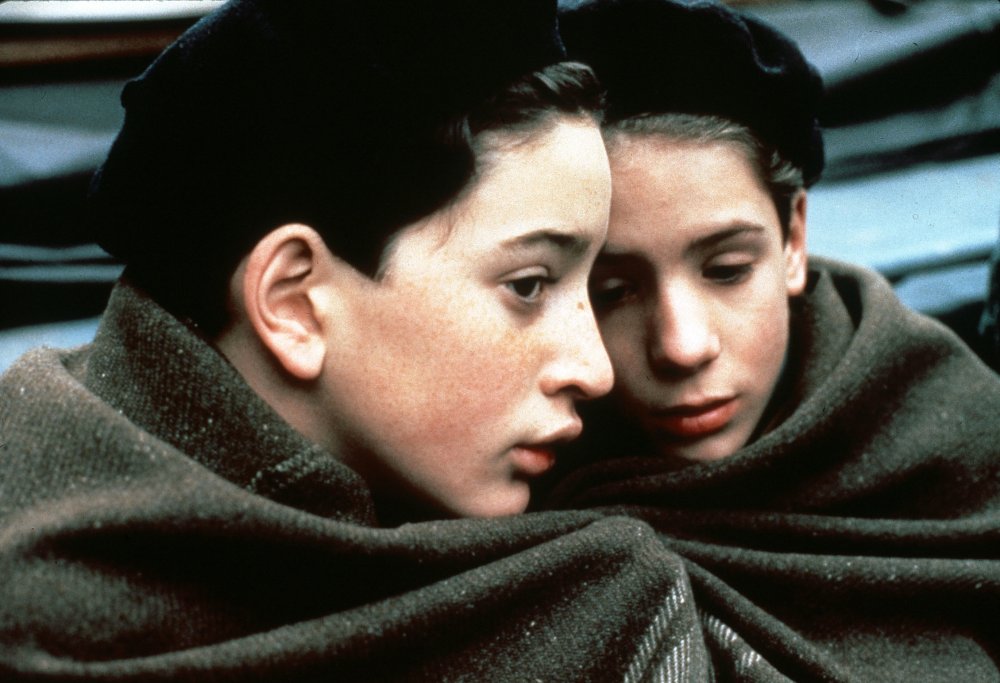
Au revoir les enfants (1987)
- 10 great films nearly women in wartime
- ten great films nigh babyhood
Au revoir les enfants is dorsum in cinemas, including an extended run at BFI Southbank, from xxx January 2015
In the immediate aftermath of the 2d Globe War, a steady stream of films started to appear focusing on the experiences of children both during and after the conflict. In pictures such equally Roberto Rossellini's Paisà (1946) and Deutschland Year Zero (1948), Gerhard Lamprecht's Somewhere in Berlin (1946) and Fred Zinnemann's The Search (1948), children are often victims of the decease and destruction wrought by adults. As the decades went by, the theme of childhood and war continued to interest successive generations of filmmakers from around the globe and, from the 1960s onwards, writers and directors who were children themselves at the time of WWII started to tell their stories.
Louis Malle made his first feature in 1958 but it took nearly 30 years before he felt ready to revisit a harrowing episode from his childhood. His 1987 film Au revoir les enfants – back in cinemas on 31 Jan – tells the tragic story of 3 Jewish boys who hide from the Nazis at the Cosmic boarding school where Malle was a educatee. "I realised there were certain distortions," Malle told Philip French in 1993, "almost every bit if my imagination during those 45 years had taken over and fertilised my retention. Retentiveness is not frozen, it's very much alive, it moves, it changes." Many of the titles in the post-obit pick of films nearly children in wartime conduct out Malle's observation.
ten to try
Each of the recommendations included here is available to view in the Britain.
Given its devastating scale, more films have been made about the 2d Globe War than any other disharmonize and it features heavily on the list, simply I felt information technology equally important to include depictions of conflicts that are fresher in the retentivity such equally the wars in Republic of iraq and Republic of liberia. In all of the titles, we find children trying to make sense of a seemingly senseless world. While some of the characters are victims, others are shown to encompass the chaotic nature of life during wartime.
Forbidden Games (1952)
DirectorRené Clément
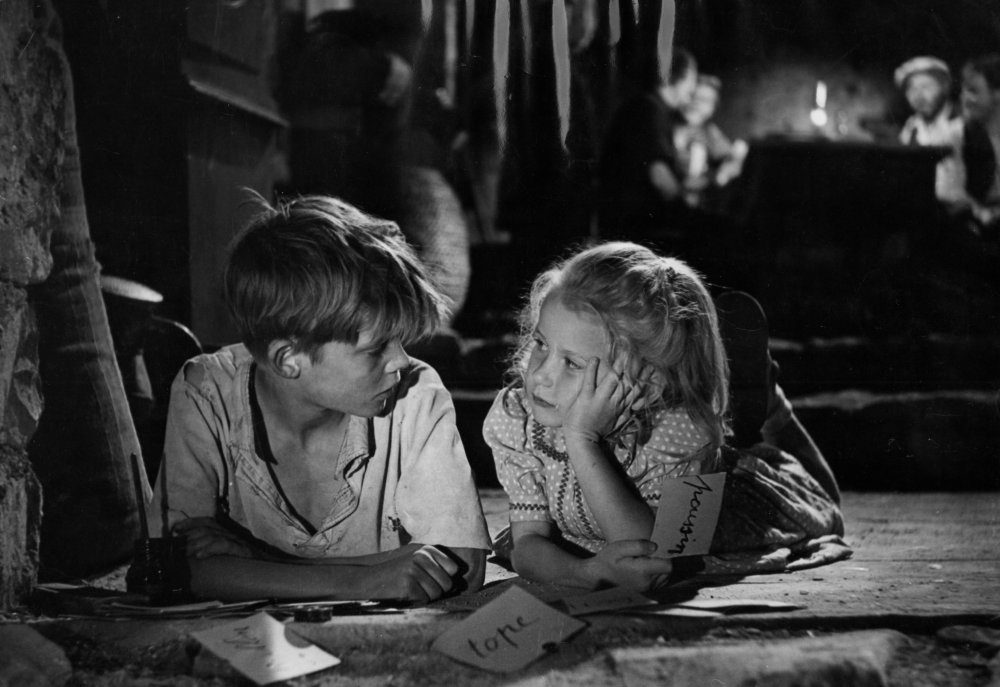
Jeux interdits (1952)
René Clément is probably all-time known for directing sun-soaked still icy-at-its-core Patricia Highsmith adaptation Plein Soleil in 1960. In a career spanning more than than three decades he dabbled in several different genres, including romantic dramas (1950's The Glass Castle), comedies (1954's Monsieur Ripois) and tough thrillers such as the 1970 Charles Bronson vehicle Rider on the Rain. Even so, much of his filmography was devoted to pictures chronicling the dramas and hardships of WWII, from his feature debut The Battle of the Track (1945) to Is Paris Burning? (1966).
Prepare in 1940, Forbidden Games is the story of Paulette (Brigitte Fossey), a five-year-old girl who is reluctantly taken in by a peasant family later on her parents are killed in an air raid. She develops a friendship with her adopted family unit'due south youngest kid, 10-year-old Michel (Georges Poujouly) merely finds information technology hard to come to terms with her terrible loss.
Ivan's Childhood (1962)
DirectorAndrei Tarkovsky
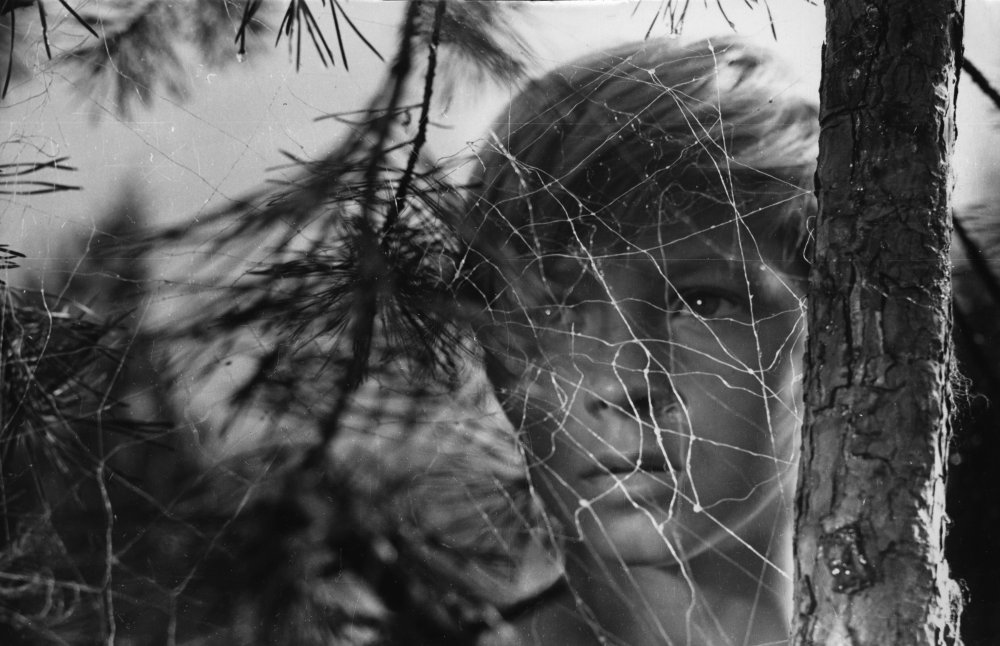
Ivan'southward Childhood (1962)
In the Soviet cinema of the post-Stalinist catamenia, the and so-called 'serenity war film' (Mikhail Kalatozov'south The Cranes Are Flying, 1957; Grigori Chukhrai'south Carol of a Soldier, 1959) highlighted the human cost of state of war. Ivan'south Childhood, Andrei Tarkovsky's first feature motion-picture show, adapts a story by Vladimir Bogomolov and tells of the (mental and physical) experiences of its 12-year-old protagonist (played past Nikolai Burlyayev), a scout for the Soviet Army.
The director constructs two sharply contrasting worlds – the young male child'southward reality is cloaked in dark, dank shadows while his dream life is idyllic and bathed in a soft, nurturing sunlight. When the movie went on to share the Venice Moving picture Festival's prestigious Gilded Lion with Valerio Zurlini'due south Family Diary (1962), it was criticised in some quarters for its expressionist and symbolic elements; this led to an impassioned defence of the moving-picture show by none other than Jean-Paul Sartre.
Diamonds of the Night (1964)
Director Jan Němec
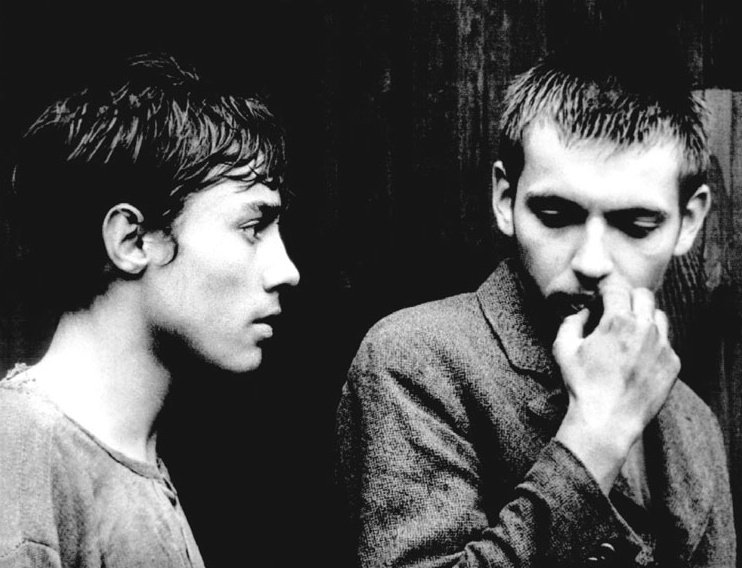
Diamonds of the Night (1964)
The Czech writer Arnošt Lustig was in his teens when he witnessed at first-manus the horrors of the Holocaust. He institute himself in Theresienstadt concentration camp at the age of sixteen and was then transported to Buchenwald and Dachau. He managed to survive for 3 years to return to his hometown of Prague where he took office in the Prague uprising in 1945.
Lustig's fiction would draw on his wartime experiences to powerful and visceral effect and two of his works were afterwards adapted for the screen by Jan Němec, including 1964's Diamonds of the Nighttime, the director's first feature. Spare, uncompromisingly raw and experimental in structure, the moving picture follows two Czech boys (Ladislav Jánsky and Antonín Kumbera) who escape from Nazi custody but to be hunted down by the grotesque figures of the home guard. In an interview in L'Avant-Scène Cinéma from June 1966, Němec praised Lustig's work for its delineation of "man's struggle for dignity and survival".
Come and Meet (1985)
Director Elem Klimov
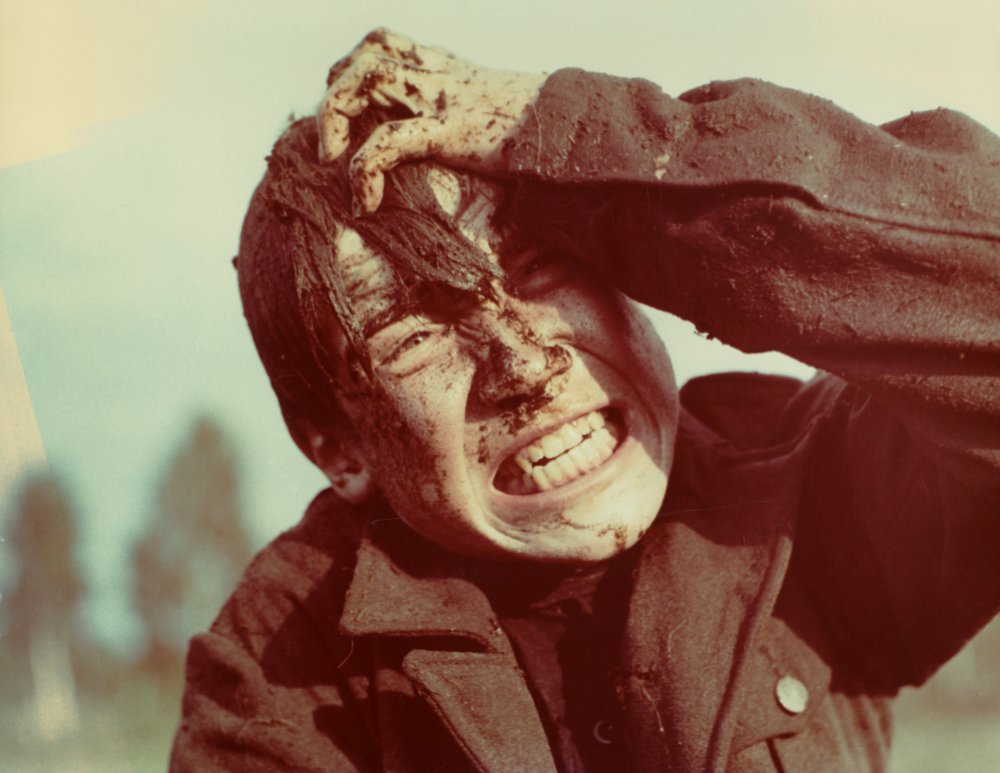
Come and Meet (1985)
Elem Klimov's movie simply belatedly gained the acclamation it deserved, thanks partly to endorsements from luminaries such every bit Steven Spielberg and J.G. Ballard. In an interview with the New Statesman, Ballard called it the "greatest anti-war pic ever fabricated" while Spielberg was influenced by the immediacy of Klimov's formal approach while making his 1998 moving-picture show about the D-Solar day landings and their aftermath, Saving Private Ryan.
Come up and See tells of the horrific journey of Flor (Alexei Kravchenko) who nosotros run across – very visibly – transformed from a playful teenager to emotionally scarred partisan as he is forced to witness the barbarism of the Nazi occupiers. Klimov'southward approach blends unflinching realism with nightmarish expressionism, his steadicam roaming free to capture every gruelling second of a truly apocalyptic vision.
Promise and Glory (1987)
DirectorJohn Boorman
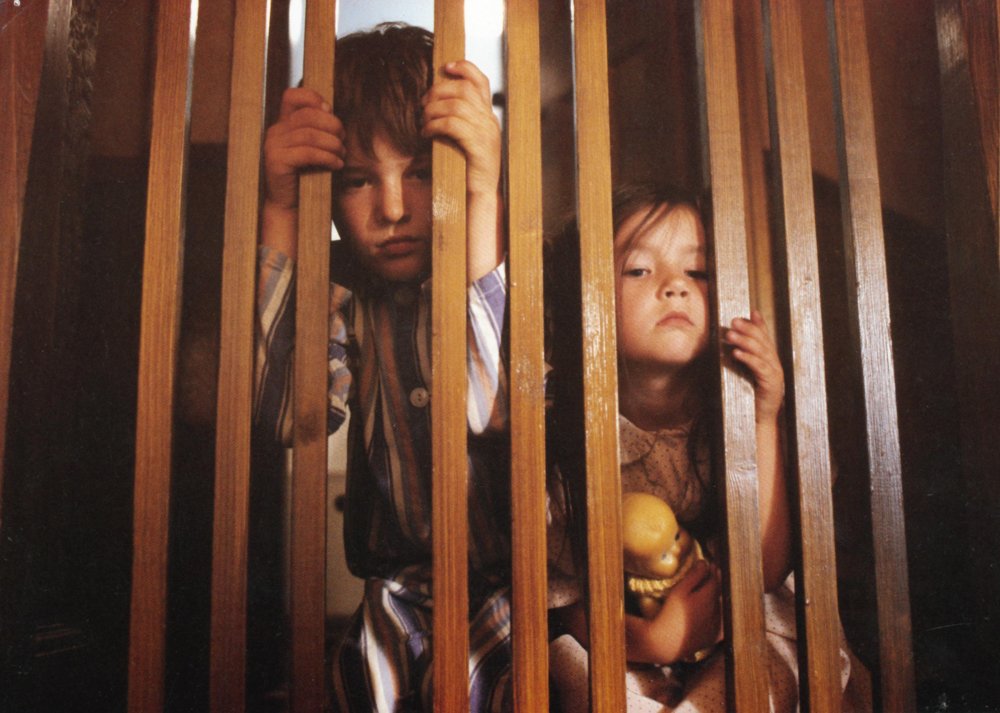
Hope and Glory (1987)
Equally Louis Malle did with Au revoir les enfants, John Boorman drew direct from his childhood memories rather than the testimonies and memoirs of others for his 10th feature, Hope and Glory. The director initially had trouble securing financing as producers couldn't understand why a seemingly small, intimate film had such an elevated budget, but this was down to Boorman wanting to recreate the street where he lived as a child (Rosehill Artery, Carshalton) entirely every bit he remembered it.
The film focuses on Billy (Sebastian Rice-Edwards), a ten-year-old boy who experiences London of the Rush every bit an explosion of color, equally a keen risk. He lives with his parents and 2 sisters and – far from characters in lugubrious 'rubble films' of the immediate post-war period – has dandy fun playing on the city'southward bombsites with his friends. After their abode is destroyed past fire, the family goes to stay with grandfather George (Ian Bannen), where Billy spends a glorious summer. Boorman has now made a follow-up to Hope and Glory called Queen and Country in which he reintroduced the character of Billy, played as an 18 year-old by Callum Turner.
- John Boorman: classic flick posters
Empire of the Sunday (1987)
Director Steven Spielberg
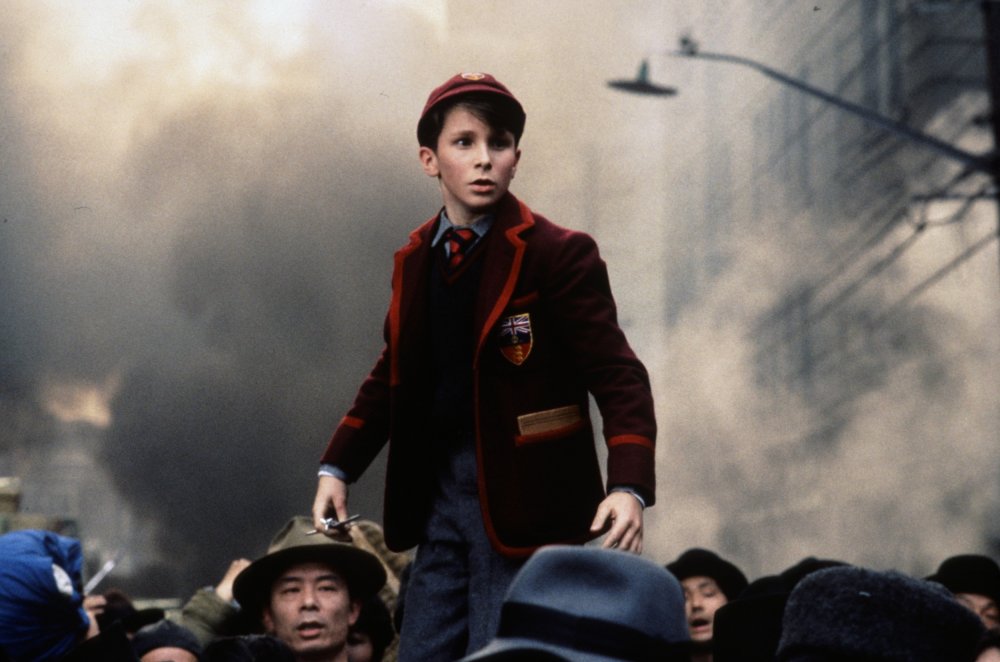
Empire of the Sun (1987)
With several enormous successes behind him, including Jaws (1975), E.T. (1982) and two Indiana Jones films, Steven Spielberg took on directing duties for a film gear up during WWII which had interested directors of the calibre of David Lean. Based on J.G. Ballard's semi-autobiographical 1984 novel, Empire of the Sun tells of Jamie Graham (Christian Bale), a schoolboy from a middle-course British family unit living in Shanghai. Afterward the Japanese occupation, he is separated from his parents and is forced to negotiate an anarchic, war-torn landscape.
Like Ivan's Childhood and Come and See in detail, the moving-picture show is nigh a childhood brutally cutting curt. "Anyone who has experienced a state of war offset mitt knows that it completely overturns every conventional idea of what makes upwards day-to-day reality," Ballard told Travis Elborough in 2006. "You never feel quite the same again. It's like walking away from a airplane crash; the world changes for you forever."
Turtles Can Fly (2004)
ManagerBahman Ghobadi
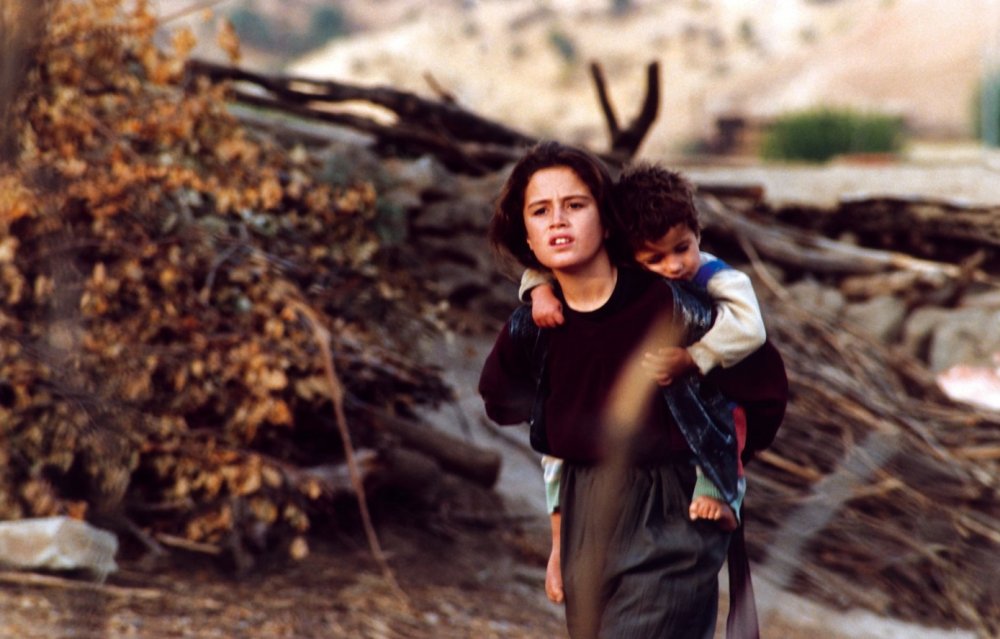
Turtles Can Fly (2004)
The extraordinary affinity of Iranian cinema with the earth of childhood has produced several of import films over the past xxx years, from Mohammad-Ali Talebi's Willow and Wind (2000) to Bahman Ghobadi's A Time for Drunken Horses (2000). In 2004, Ghobadi made Turtles Can Wing, a movie following the lives of a group of children living on the Iraqi-Turkish border simply earlier the American invasion of Iraq. Their leader is the tenacious, baseball-capped teenager Satellite (Soran Ebrahim), then-called because he installs antennas and dishes for local villages to receive news from the outside world. Satellite keeps a shut center on his fellow children (many of whom are disabled) and assigns jobs for them to exercise.
"It's my belief that us Kurds pass over childhood," said Ghobadi in a 2009 interview with Gilda Boffa and Zoya Honarmand. "I can say that my films aren't about children at all; they're about people who have pocket-size bodies, but great spirits."
Johnny Mad Dog (2008)
ManagerJean-Stéphane Sauvaire
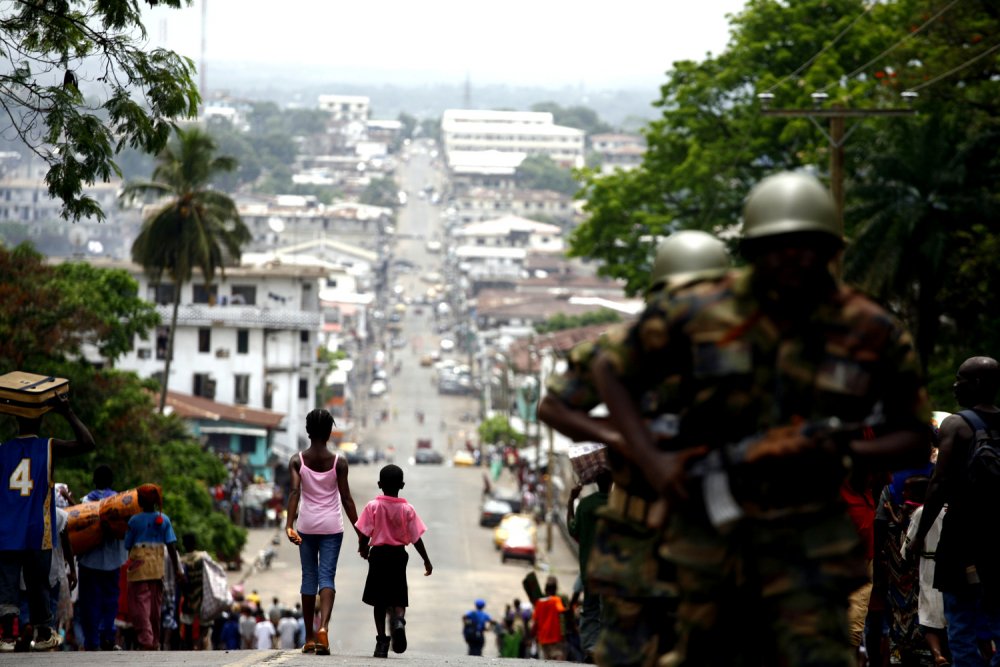
Johnny Mad Domestic dog (2008)
"We were going to loot until there was nothing left to exist looted, whether that took 24, 48 or 72 hours, or as long as a calendar week," says the eponymous AK-47-wielding African child soldier in Emmanuel Dongala'due south 2002 novel Johnny Mad Dog. "Even the VIP we were fighting for, the guy who'd been president of the land for the past few hours, always since we'd captured the urban center, even he couldn't stop usa."
Filming in Liberia, French manager Jean-Stéphane Sauvaire brings Johnny Mad Dog to the screen and retains much of the source novel's rawness ("My weapon is my mother and my father!" screams one of the soldiers when he's confronted by United nations guards). As in the novel, Sauvaire contrasts the story of Johnny (Christopher Minie) with that of Laokolé (Daisy Victoria Vandy), a daughter of a similar age who nosotros see taking care of both her father and younger brother.
Son of Babylon (2010)
DirectorMohamed Al-Daradji
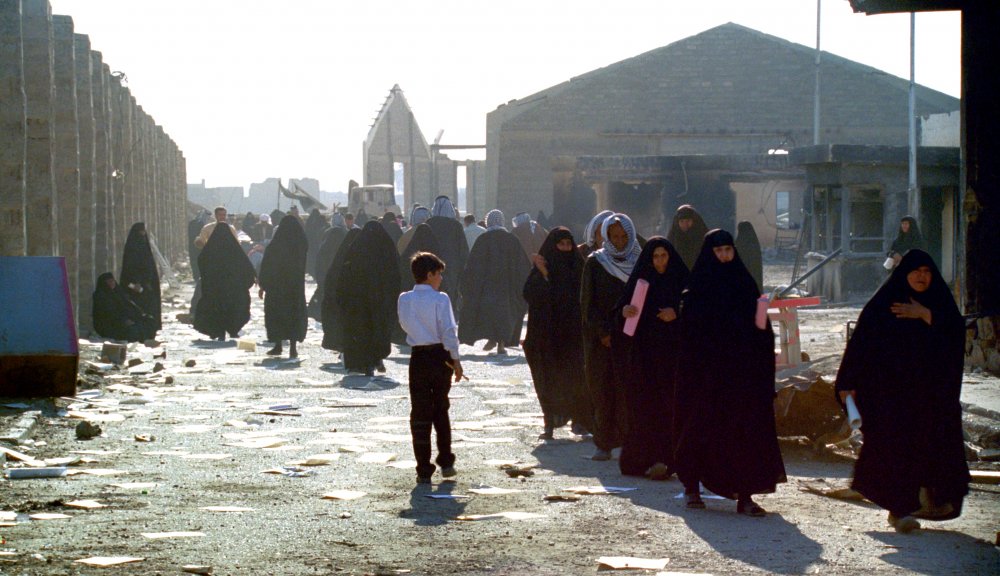
Son of Babylon (2009)
Mohamed Al-Daradji's kickoff film Dreams (2006) employed neorealist aesthetics (non-professional person actors, location shooting) and a non-linear storytelling way to tell the story of three characters from a mental institution in Republic of iraq. The manager continued to depict on the formal tropes of neorealism for his second feature Son of Babylon (2010). Set just weeks after the fall of Saddam Hussein in 2003, the film follows the journey of elderly woman Um-Ibrahim (Shehzad Hussen) equally she searches for her adult son who has been missing for more a decade. Accompanying Um-Ibrahim on her search is 12-year-erstwhile grandson Ahmed (Yassir Taleeb) who carries his missing begetter'due south flute with him wherever he goes.
In narrative and thematic terms, the film has stiff echoes of Vittorio De Sica's Bicycle Thieves (1948) but it'southward often Al-Daradji'due south striking widescreen compositions that bring home the forbidding nature of Um-Ibrahim and Ahmed's search.
Lore (2012)
Managing director Cate Shortland
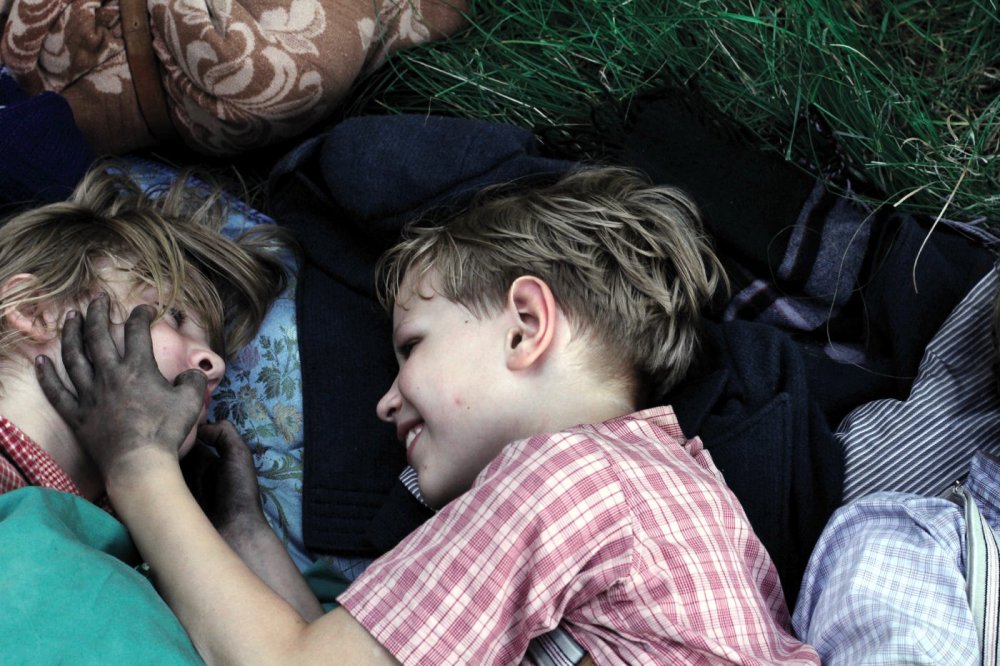
Based on one of the stories in Rachel Seiffert's 2002 volume The Dark Room, Cate Shortland's 2d film tells of five siblings taking on a punishing wartime journey and is thus reminiscent of several earlier films about childhood and war – notably Come and See. Indeed, when Seiffert and Shortland first met, the novelist showed the Australian director Klimov'south pic for inspiration.
The protagonist of Lore (2012) – played brilliantly past Saskia Rosendahl – is a 16-year-one-time Nazi officeholder'south daughter on the cusp of adulthood who still clings to National Socialist ideology. In a 2013 interview with Sight & Audio, Shortland highlights Seiffert's "humanist intellect and compassion" and reveals that the most hard aspect of the project was not making an "apologist flick" but one that leaves viewers to brand upwards their own mind.
Your suggestions
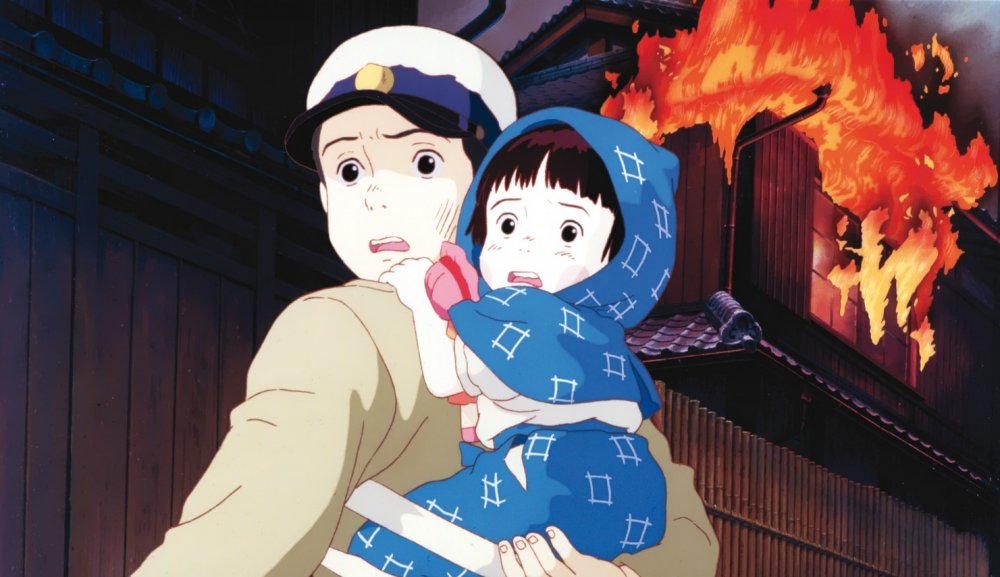
Grave of the Fireflies (1988)
Credit: © Akiyuki Nosaka / Shinchosha, 1988
To our list above, you voted to add these great films well-nigh children in wartime…
- Grave of the Fireflies (Isao Takahata, 1988)
- Goodnight, Mister Tom (Jack Gold, 1998)
- Germany, Year Nothing (Roberto Rossellini, 1948)
- Life Is Cute (Roberto Benigni, 1997)
- Pan's Labyrinth (Guillermo del Toro, 2006)
- The Boy in the Striped Pajamas (Marker Herman, 2008)
- The Can Drum (Volker Schlöndorff, 1979)
- The Book Thief (Brian Percival, 2013)
- Die Brücke (Bernhard Wicki, 1959)
- Birth Certificate (Stanisław Różewicz, 1961)
- Studio Ghibli: five essential films
Yes, Studio Ghibli masterpiece Grave of the Fireflies, the story of a young brother and sis defenseless up in the destruction of the Second Globe State of war, was the runaway favourite this calendar week, with the John Thaw-starring Television movie of Goodnight, Mister Tom coming in second identify. There were votes for films from far and wide, with Italian movies (Deutschland, Yr Zero; Life Is Beautiful) and High german movies (The Can Drum, Dice Brücke) both placing very highly, along with an early 60s Smooth classic: Stanisław Różewicz's Birth Certificate.
DOWNLOAD HERE
Character Boys Boys From World War Two Animation
Posted by: gunnelsyesseresels.blogspot.com
0 Response to "Character Boys Boys From World War Two Animation"
Post a Comment